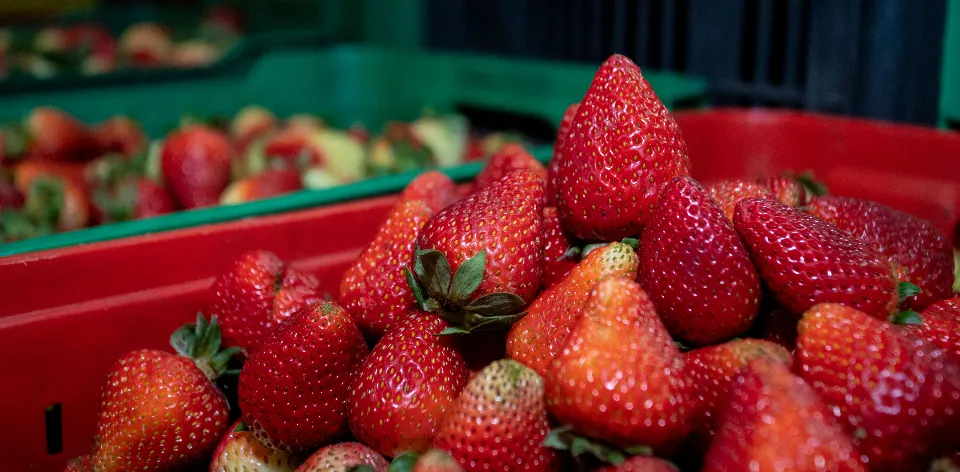 22/8/2024
22/8/2024
Agricultural Sector Drives GDP Growth in the Second Quarter of 2024

The sector of agriculture, livestock, hunting, forestry, and fishing showed outstanding performance, recording a 10.2% increase in its value added during the second quarter.
Bogotá D. C., (@Minagricultura, @UPRAColombia, @claudialili76). Colombia’s Gross Domestic Product (GDP), in its original series, experienced a growth of 2.1% during the second quarter of 2024 compared to the same period in 2023, according to the latest DANE report. This increase highlights the resilience of the Colombian economy amid a challenging global environment.
According to the analysis by the Rural and Agricultural Planning Unit (UPRA), the sector of agriculture, livestock, hunting, forestry, and fishing performed exceptionally well, with a 10.2% increase in its value added for the same period, surpassing the national GDP variation by 8.1 percentage points. This notable difference underscores the importance of the agricultural sector as a driver of economic growth in Colombia.
Breaking down the results by subsectors, the following value-added growths are highlighted:
- Coffee: 25.8%
- Agricultural crops excluding coffee: 10.9%
- Livestock: 6.5%
These increases reflect the strength of the Colombian agricultural sector, particularly in coffee production, which continues to be a key driver of rural development and the national economy.
However, not all subsectors shared this positive trend. Fishing and aquaculture activities recorded a decrease of -9.1%, while forestry and logging showed a contraction of -7.3% in their value added.
Importance of the Agricultural Sector in the National Economy
The value added by agriculture, livestock, hunting, forestry, and fishing represented 9.8% of the total economy and 9% of GDP during the second quarter of 2024. These figures consolidate the agricultural sector as a crucial pillar for economic growth and social well-being in the country.
The Ministry of Agriculture and Rural Development reaffirms its commitment to continue supporting producers, strengthening innovation in the field, and promoting sustainable development, in order to further drive rural economy and improve quality of life in the regions.

